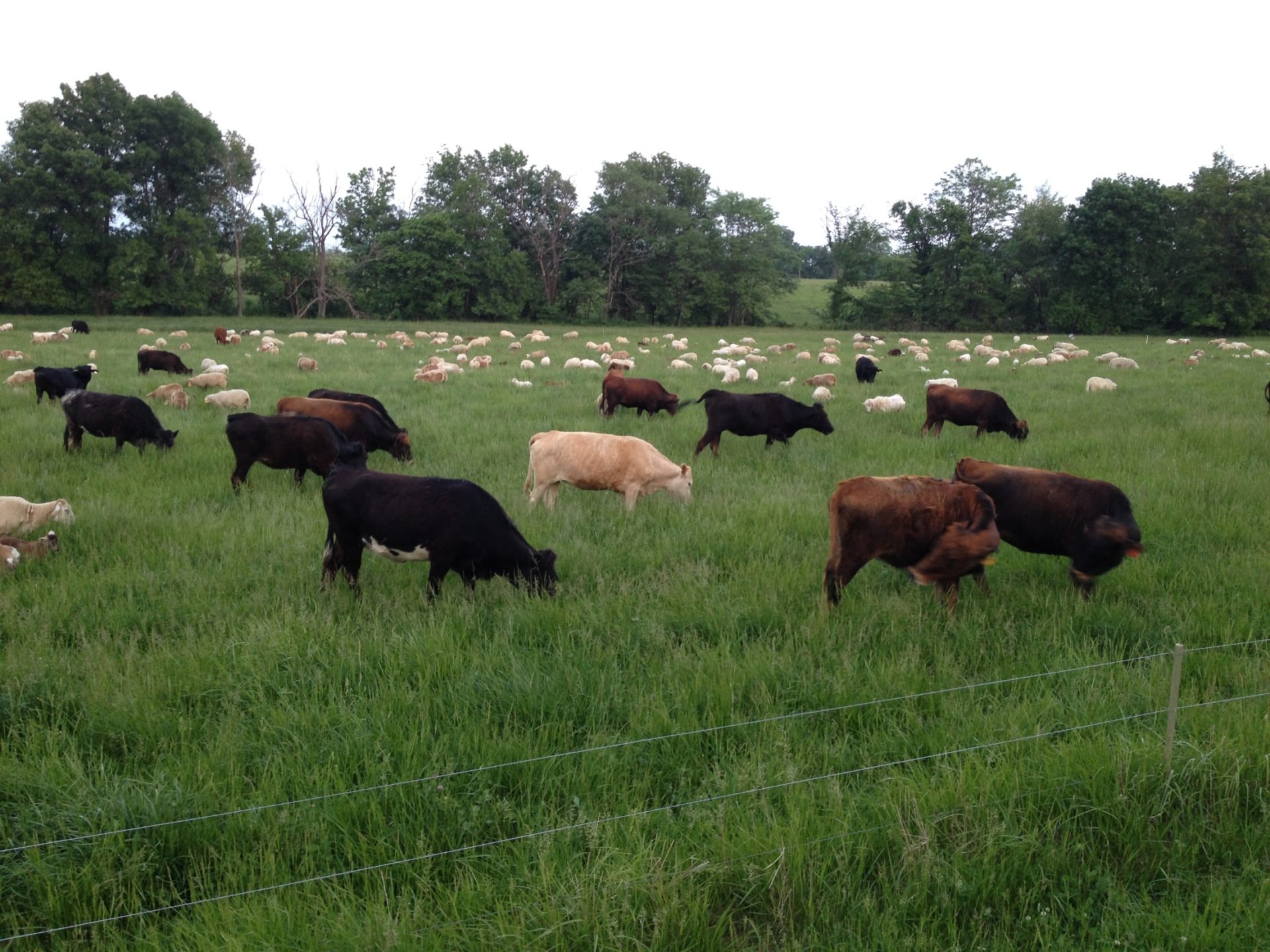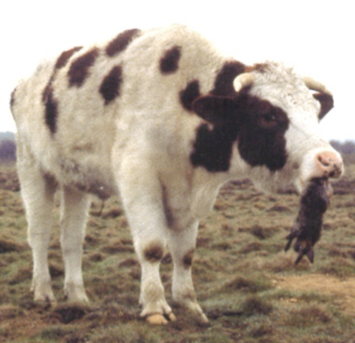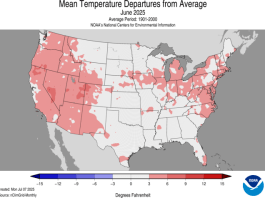While the sheep and goat market has backed off its incredible highs seen this winter, it still is really strong with animals commanding prices that just a couple years ago were unthinkable. The market climate has brought in an ever increasing interest from producers that are trying to figure out if and how sheep and goats can be added to their operation. With that in mind, I thought I’d share some thoughts on some of the most common questions I receive. I’m going to focus mostly on sheep but many of the things I’m going to talk about apply to goats as well.

Follow the money
Let’s start out with the big one…economics. Sheep and goats have the advantage over cattle in many ways. Sheep tend to be early maturing, with it being fairly reasonable to expect a high percentage of ewe lambs to breed at 7 months of age, especially if you take care of them. It is common for 60%-90+% of ewe lambs to breed at this early age. That puts her having her first lamb at a year of age. Compare that to a heifer, which is commonly bred at 15 months to calve at two years of age. Additionally, getting the sheep rebred is a piece of cake compared to getting those heifers rebred.
It is kind of a running joke that you have to try really hard to get a heifer (cow) bred and try equally hard to NOT get a ewe bred. I say kind of a joke because there is a lot of truth in the statement. On our mature ewes, it is rare that one comes up open, so rare that we quit ultra-sounding them because of the infrequency of open ewes. Mature ewes if given proper care will have 95+% conception rates. Part of the reason this occurs is that lambs are often weaned at 90-120 days. This gives the ewe lots of time to recover from lactation before she is asked to breed again, whereas a cow is asked to breed while nursing her calf.
Sheep have multiple births which also give them an unfair advantage over cattle. Ewe lambs commonly have singles their first time. I actually prefer them to do so since in our pasture based operation dominated by toxic fescue, a ewe lamb nursing twins and still trying to grow and develop is a recipe for disaster. Often they will lose condition due to the pressure of raising those lambs on declining forage quality, growing and fighting off parasites all at the same time. It’s a lot to ask of them. That being said, I would prefer all two year olds and older ewes have twins. It doesn’t happen of course but if we can raise 1.5 lambs per ewe we are pretty happy. Our mature ewes often wean 1.75 lambs per ewe.
Let’s do a little math to further drive home the economic advantage of sheep to cattle.
To make it easy we will talk mature animals, i.e. ewes vs. cows. We can comfortably run 5 ewes where we can run 1 cow. In our example, we will use a piece of land that can carry 100 cows year round.
100 cows x 90% conception = 90 calves born.
90 calves born x 95% weaning rate = approximately 85 calves to sell.
85 calves @ 450 lbs = 38,250 lbs.
38,250 lbs. @ $2/pound = $76,500.
Now, let’s stock that same ground with 500 ewes.
500 ewes x 1.5 lambs = 750 lambs to sell.
750 @ 65 lbs= 48,750 lbs.
48,750 pounds @ $3.25/lb. = $158,437.
But let’s take it one or two steps further. Let’s add ½ ewe per cow. Using the same numbers as above, that’s:
50 ewes X 1.5 lambs = 75 lambs
75 lamb@ 65 pounds = 4875 lbs.
4,875 lbs. x $3.25 = $15,843
We just added $15,843 to our cow operation without putting much pressure at all on our forage resources. We also probably saved some money that we would’ve used to brush hog or spray weeds and brush.
If you are primarily a sheep producer let’s add some custom grazing cows to the mix. Our ewes aren’t going to keep up with the grass from mid-May to mid-August so we’ll add 150 cows to the 500 ewes in our example for 90 days at a rate of $1/day. Voila, we just added $13,500 to our sheep operation.
Now these examples are obviously simplified a bit, but hopefully you get the idea that adding sheep to your cattle operation or cattle to your sheep operation is something to consider if you’re serious about making a living as a grazier.
Another thing to look at is value of gain.
Even though this is a grazing publication, it might be easiest to illustrate using feed in our example. The same principle will apply to value of gain on forage. Again keeping things simple, let’s suppose a calf and lamb both convert 7:1 meaning that for every 7 pounds of feed intake, they will gain 1 pound of flesh. Using $.20/lb for feed cost, it costs $1.40 for put on a pound of gain.
If the calf is worth $2/lb at market, every pound you put on has a value of $.60
($2.00-$1.40=$.60).
If a lamb is worth $3.25/lb at market, every pound you put on has a value of $1.85
($3.25-$1.40=$1.85).
Which animal would you rather put feed into?
Competition or Collaboration?
People often wonder if adding sheep or goats will cause them to have less feed for their cows. It might or might not, and even if it does it is not necessarily a bad thing. It really comes down to management and your goals. Keep this in mind – sheep make good cow pasture and cows make good sheep pasture. So although they can compete, it is often more of a case of collaboration.
A few years ago, we were at a pasture walk at Steve and Judy Freemans place in south-central Missouri. The Freemans are some of the very best graziers in the state of Missouri. The forage they grow on their place is phenomenal in both quality and quantity. I jokingly told Steve it was a sin to put such good forage through the gut of a cow. He laughed of course because they sell reputation beef breeding stock. Different strokes for different folks.
My point is that, for me, the sheep are so much more valuable at making a living for me and my family that I want them to have the highest quality forage I can grow. The cattle are a lower value, ancillary enterprise and they get what is left over. That is why we largely use custom grazing cows to complement our sheep during the summer months, but that is a topic for another article. You may be like Steve and Judy, whose cattle may be the most profitable or manageable enterprise and sheep or goats could be your ancillary enterprise. Why does this matter? Because it should affect how you graze, what you graze, who grazes first, etc.
Let me explain further. If you are a dyed in the wool (pardon the pun) cow man, you may simply want to make your perimeter fences sheep proof and add sheep to your operation at a rate of ½ a ewe per cow. You will hardly notice they are there as they will focus largely on the broadleaves, weeds and shrubs that your cows may not readily consume. Examples of these would be honey locust, osage orange, multiflora rose, ragweed and ironweed. They will compete to some degree with the cows on eating clover, other legumes and even some grass. But at a low stocking rate it will not be very noticeable. Running sheep in this manner will not put as much nutritional pressure on the sheep as they will be allowed to roam and select a high quality diet. Therefore, you should get by without too much trouble from internal parasites such as the barber pole worm. It’s not fool proof, but it can work quite well.
The alternative to this is making sheep your centerpiece enterprise and making the cattle your ancillary enterprise. That is what we chose to do because of the profit potential of the sheep. In our operation, the sheep get rotated daily or every other day and get to selectively graze a higher quality diet. The cattle are used as scavengers to clean up what is left and “condition” the grass for the next graze period for the sheep. We are stocked relatively heavy on sheep and light on the cows because that is what works good for our situation. Again, you have to find the right balance.
The point I want to drive home is that just like a lot of things in life, the whole is greater than the sum of its parts and multi-species grazing can add a lot more value to your operation than grazing cattle, sheep or goats alone.




